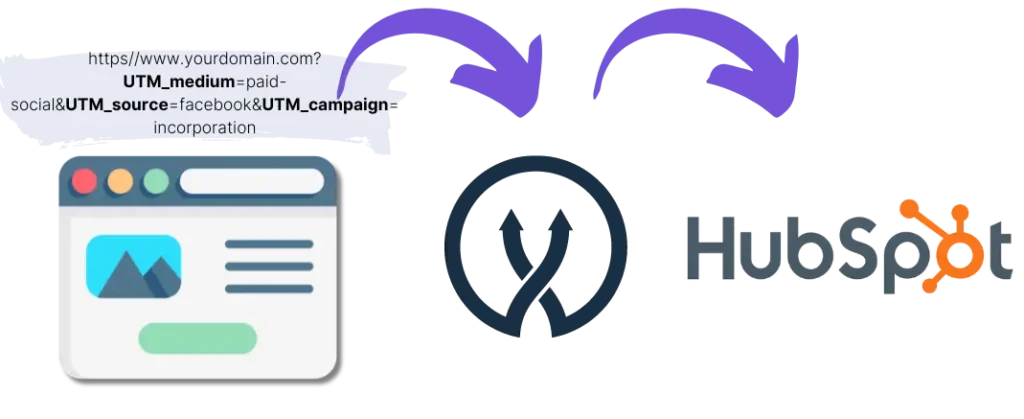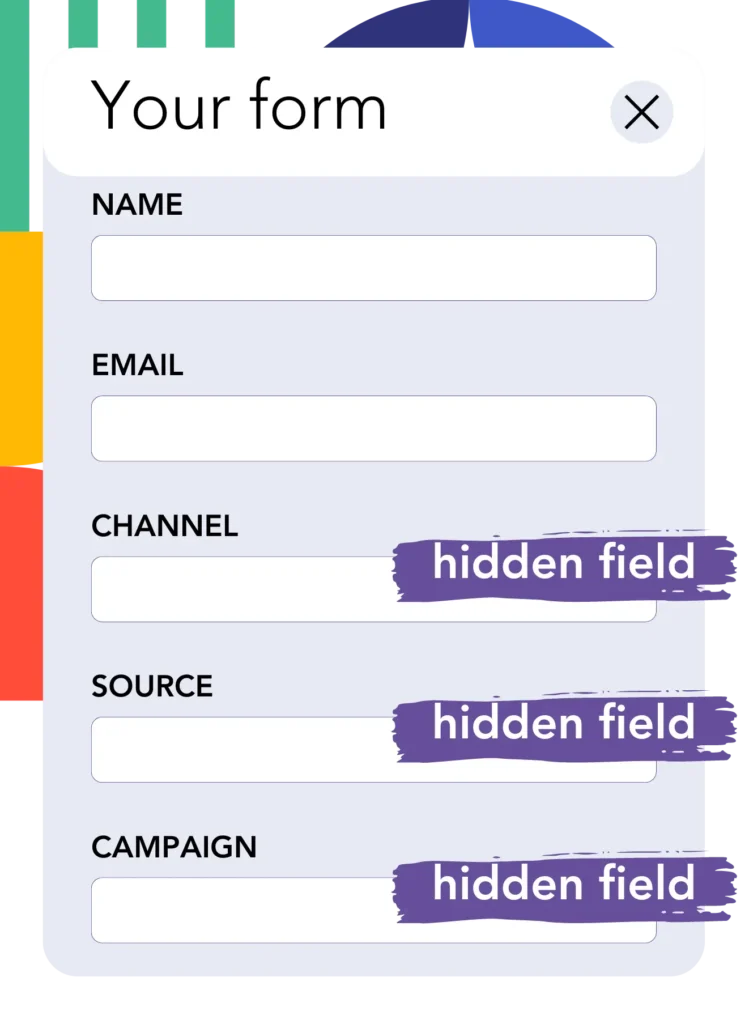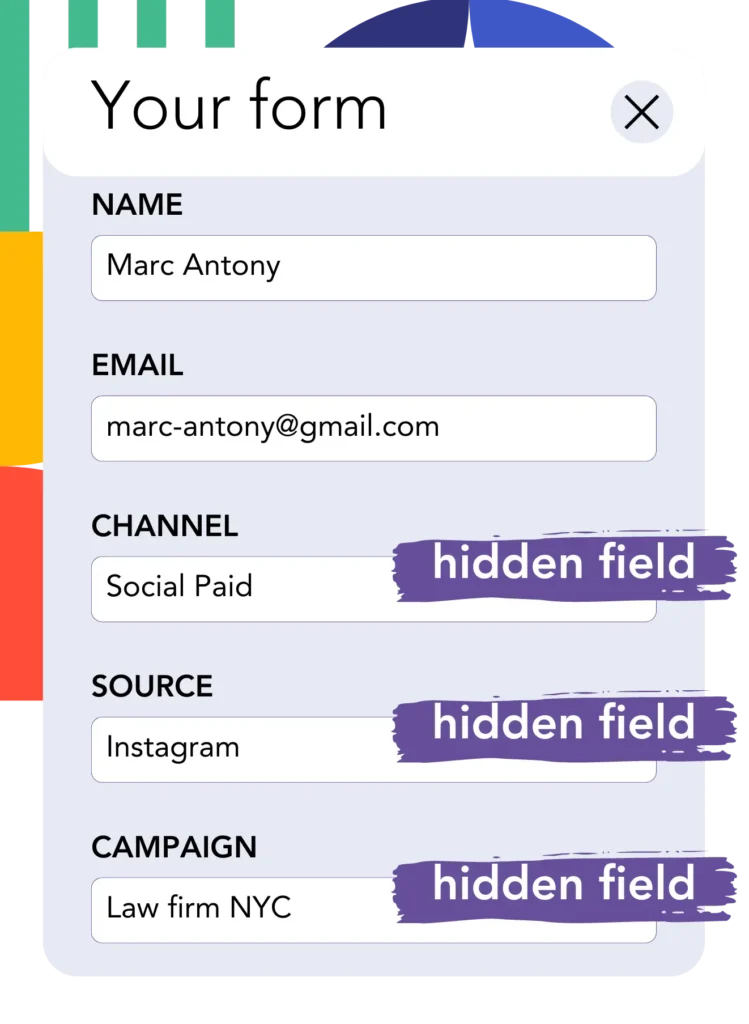Adding UTM tracking to HubSpot Forms can be challenging, especially for those without coding skills.
What if there was a solution to easily capture UTM parameters into HubSpot Forms, without any coding?
Discover Leadsources.io!
Leadsources is a lead source tracking tool that acts as an intermediary between your UTM parameters and HubSpot Forms.

When a visitor clicks on your marketing campaign, Leadsources captures the UTM parameters in your URL.
Leadsources automatically inserts these UTM parameters into the hidden fields of your HubSpot Form.
You can then view the UTM parameters, alongside the lead’s information, on the lead submission page in HubSpot Forms.
This quick 10-minute guide teaches you how to set up UTM tracking in HubSpot with Leadsources, no coding skills needed for success!
Implement HubSpot Forms UTM tracking in 4 easy steps:
Step 1: Add Leadsources to the head tag of your website

Sign up to Leadsources.io and take advantage of our 14-day free trial.
Add the Leadsources code to the head tag of your website. No coding or developers are needed.
Simply follow this step-by-step guide.
Step 2: Add UTM parameters to your campaigns

Include the UTM parameters you want to track in all your campaigns (PPC, email, social media, etc.).
Leadsources works with the following UTM parameters:
- UTM_source
- UTM_campaign
- UTM_term
- UTM_content
Leadsources also captures information not contained in UTM parameters, such as the channel, landing page, and landing page subfolder.
Step 3: Add hidden fields to your HubSpot Form

When visitors fill out your HubSpot Form, they provide personal data in the visible fields (name, email, etc.).
At he same time , Leadsources.io automatically inserts the UTM parameters into the hidden fields of your HubSpot Form (channel, source, etc.).
To do this, add hidden fields to HubSpot Form to store your UTM parameters. Follow this guide to add the hidden fields on Hubspot Forms.
Add Hidden Fields:
- In the form editor, click on the “+” button to add a new field.
- From the available field types, select “Hidden field”.
- Drag and drop the hidden field into your form.
- Add the exact following fields one by one:
- channel
- source
- campaign
- term
- content
- landingpage
- landingpagesubfolder
Step 4: Track UTM parameters in HubSpot Forms

When someone clicks on your campaign and lands on your website, Leadsources captures the UTM parameters from your URL.
The visitor opens your HubSpot Form and starts filling it out.
Leadsources inserts the UTM parameters into the hidden fields of your HubSpot Form. These fields are not visible to the visitor.
Upon form submission, the UTM parameters and the form’s responses are submitted together. You can find all this information on the submission page in HubSpot.
How does Leadsources work?
By adding the Leadsources code to the head tag of your website, Leadsources reads and captures the UTM parameters in your URL every time someone lands on your site.
It then stores the UTM parameters in the hidden fields of your HubSpot Form.
If a visitor enters your site without clicking on a link with UTM parameters, Leadsources still captures data about the visitor using the referrer:
- Channel
- Source
- Campaign
- Landing page
- Landing page subfolder
This allows you to track important lead source data even without UTM parameters, like:
- On Google Search
- On your Instagram bio link
- On your social media posts
While most tools can only track lead sources using UTM parameters, Leadsources allows you to track lead sources regardless of where they come from, UTM parameters or not:
- Organic Search
- Paid Search
- Organic Social
- Paid Social
- Referral
- Affiliate
- Display Advertising
- Direct Traffic
This allows you to gather lead source data in one place.
Pro tip:
LeadSources integrates with all the popular online form builders, including Cognito Forms, Gravity Forms, Jotform, Typeform, WPForms, and more. Check how to track the UTM parameters in any form builder.
How to run performance reports
Now that you have captured your lead source data in the hidden fields of your HubSpot Form, you can use it to run performance reports such as:
- Leads per channel
- Revenue per channel
- Revenue per keyword
This helps you make informed decisions about your marketing spend.
Let’s review the types of reports you can run.
Lead performance reports
You can generate reports showing the volume of leads by:
- Channel
- Source
- Campaign
- Landing page
- Landing page subfolder
Example #1
You run campaigns on different channels (SEO, PPC, emailing, etc.). Gather the data and create the report: “Leads by Channel”.

Example #2
Once you know which channel generates the most leads (e.g., Google Ads), you can focus on this channel to assess how many leads were produced by each ad campaign.

Example #3
When you know which campaign is responsible for most of your leads, you can identify it and look at the specific keywords that contribute to the lead generation.

Sales performance report
With the knowledge of which ads and keywords bring in the most leads, the next task is to evaluate their impact on revenue.
Pass your HubSpot submissions to the HubSpot CRM and generate reports focused on sales.
Imagine the following example:
| Channels | Search Paid | Social Paid |
| Leads | 50 | 75 |
| Sales | 5 | 6 |
| Average order value | $150 | $100 |
| Revenue | $750 | $600 |
You ran ads on Google and Facebook. Although Social Paid ads were generating more leads initially, a detailed analysis revealed that Search Paid ads were actually more effective at converting leads into revenue. This caused you to increase your Search Paid ad budget.
LeadSources tracks the source of each lead in HubSpot Forms, whether they come from ads, organic search, social, email, etc. and syncs that data with each submission. See the full breakdown on the lead source in HubSpot Forms page.
